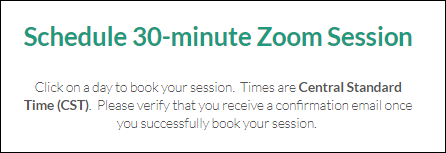Traditional performance metrics reporting can lead to much organizational waste, costly firefighting, and frustration. The methodology below (with provided no-charge creation app) can be considered a “best way” to overcome these problems.
12 performance metrics examples that organizations should consider in their reporting are: profit, expense, lead time, net promoter score, number of sales, work in process (WIP), units produced, overtime per employee, number of phone calls, call handling time, product quality, and supplier performance.
Organizations also need to address HOW to report the status of these performance measurements from a process-output point of view; if they don’t, wasteful, if not destructive, behaviors can occur.
For their operational scorecards, organizations need to ask the question: Are our Key Performance Indicator (KPI) and performance metric reports leading to the BEST behaviors? More often than not, organizations have business-scorecard-reporting problems that waste MANY resources and cost a LOT of money unnecessarily!

Each of the above listed 12 business performance scorecard metrics examples is a Y response in the equation Y=f(X).

Traditional KPI and performance metric reporting:
- Encourages “Y” management, often leading to playing games with the numbers to meet arbitrarily set next-reporting-period goals.
- Does not structurally include process “commonly-occurring output noise” in the reporting, which can impact the appropriate action or non-action for a reported measured response.
- Does not encourage process improvement, e.g., using a team to determine what X’s to change so that future Y responses improve.
Performance Metrics Reporting that leads to the BEST BEHAVIORS
A traditional reporting of one of the 12 organizational metrics described above may have a monthly reporting for the whole organization or specific department. This reporting may be one entry in a table of numbers or as one metric in the Y-goal setting of a red-yellow-green scorecard.
However, the appropriate action or non-action for a given situation does not typically occur with these reporting formats.
A 30,000-foot-level reporting methodology addresses these reporting problems through the following three steps:
- Determine if the Y process output response is stable from a high-level viewpoint.
- If a process response is considered stable, there is an automatic reporting of a prediction statement in the report-out.
- If the prediction statement is undesirable, there is a need to improve the X’s in a process.
Example Metrics Reporting that leads to the BEST BEHAVIOR
Consider the following over-time collected data. These data are “Monthly Expense”; however, all 12-performance listed metrics can have a similar reporting format.

Management 2.0 and Leadership System 2.0 books provide a free app for creating 30,000-foot-level reports. The result from the application of this app (www.smartersolutions.com/eprs-metrics-software) to this data is:

Interpretation of this Performance Metrics Reporting is:
- This Y process output response is considered stable since the individuals chart (i.e., left graph) has no response values beyond the upper control limit (UCL) and lower control limit (LCL) statistically determined lines.
- The probability plot (i.e., right graph) is automatically utilized to determine a prediction statement, which is reported at the bottom of the two-chart pair. There would be a best estimate non-conformance rate reporting at the bottom of the 2-chart-pair if there were specifications for the process-output performance. Since there is no specification for this situation, there is a futuristic expected mean and an 80 % frequency of occurrence rate reporting.
- If the reported prediction statement is undesirable, there is a need for improving the X’s in a process.
Free App for Creation of 30,000-foot-level
The following video describes how to use a free 30,000-foot-level app to create a 30,000-foot-level report-out.

Contact Us through an e-mail or telephone call to set up a time for a discussion on how your organization might gain much from an Integrated Enterprise Excellence Business Process Management system. Or, a Zoom meeting can be schedule directly:
E-mail ([email protected]) or call us (+1.512.918.0280), if you encounter difficulties setting up a Zoom session directly or want to schedule another time that is not available in the Zoom-meeting calendar.

